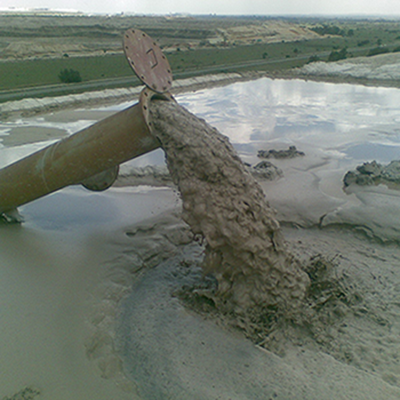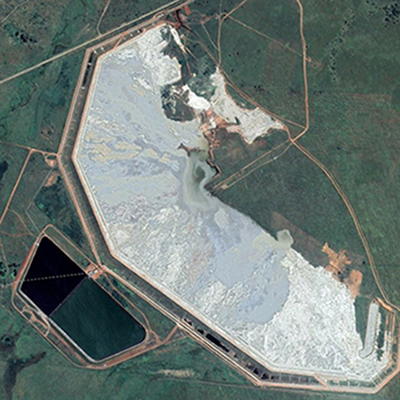SUSTAINABILITY ![]() Tailings Storage Facilities
Tailings Storage Facilities



Tailings refer to the leftover waste from mineral processing used to extract mineral concentrates. They are usually stored in a structured containment facility called a tailing storage facility (TSF). This waste differs from overburden, which is unprocessed material covering an ore or mineral body, often stored separately or mixed with tailings during mining.
Tailings can exist as liquids, solids, or as a slurry consisting of fine particles.
Designing a TSF starts with finding suitable locations and setting environmental compliance criteria. Various factors, such as climate, geology, seismic risks, topography, proximity to human settlements, forests, water bodies, and downstream infrastructure, play a significant role in TSF design. These factors affect site selection, TSF configuration, and how tailings are deposited and managed.
Designing a TSF is a complex and rigorous process. Its capacity is based on expected production during the mine's lifetime, which is typically determined by the size of the ore body and the mining or processing rate, ranging from 5 to 50 years. Mines often extend their lifespan as new resources are found, so TSF size and expandability should be considered in the layout.
Depositing tailings in TSFs involves planning and modeling, but the rigor varies depending on the site. Modeling considers stage capacity relationships to determine how fast the TSF fills and its total storage capacity.
In the initial design phases, critical factors include deciding the location and management of ponds, choosing deposition points, determining the number of spigots, and shaping the beach profile. Storing tailings usually involves building different types of embankments to create enclosures that hold tailings solids, water, and rain. These embankments may need to meet the standards used for water retention dams. They are typically raised over time, either upstream, downstream, or along the centerline of the TSF.
Golden Mine Projects is dedicated to building trust within the communities where they operate and obtaining support from stakeholders. They prioritize stakeholder consultation, information sharing, and open dialogue throughout all phases of TSF design, operation, and closure. This approach aims to consider the perspectives, concerns, and expectations of all parties involved, fostering regular and meaningful engagement to build trust and prevent conflicts.
The primary goal of closure design is to build a facility (or facilities) that can effectively and sustainably contain tailings at the site indefinitely. Golden Mine Projects includes closure objectives, expected outcomes, the final TSF shape, and agreed-upon land use in their TSF plans. From an environmental standpoint, the most crucial aspects of tailings management planning involve integrating environmental considerations into design criteria and managing environmental risks in the operational manual.